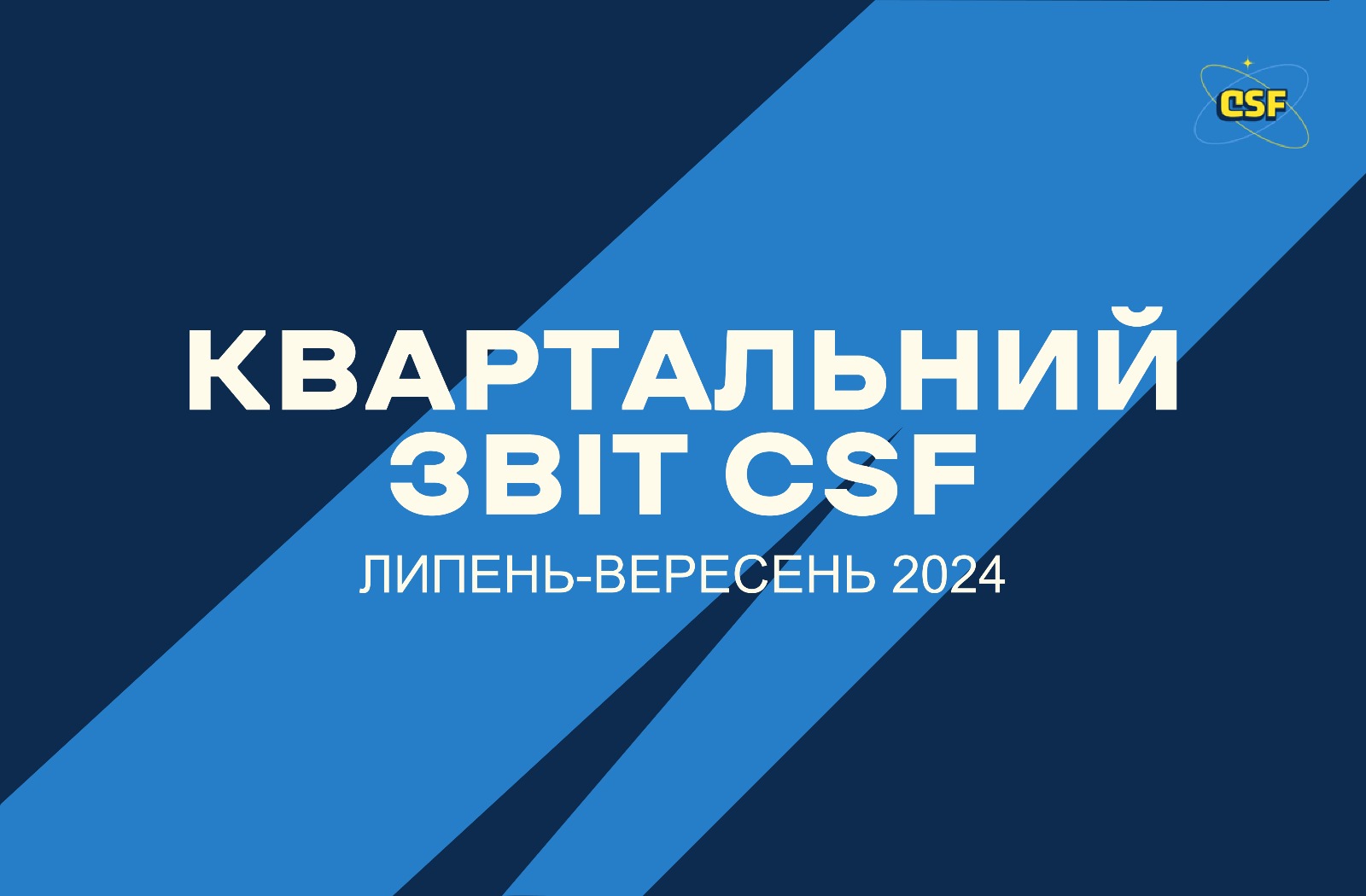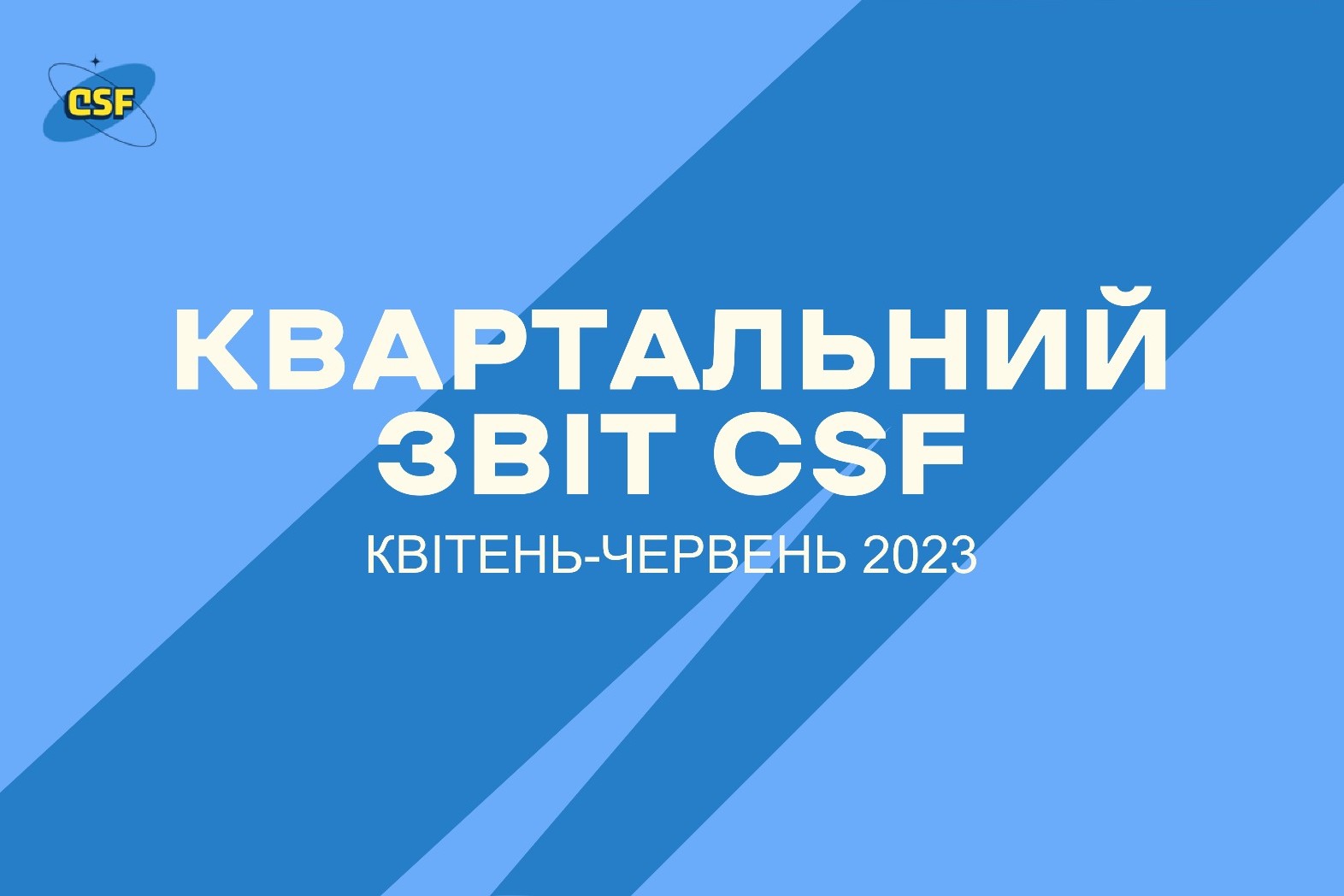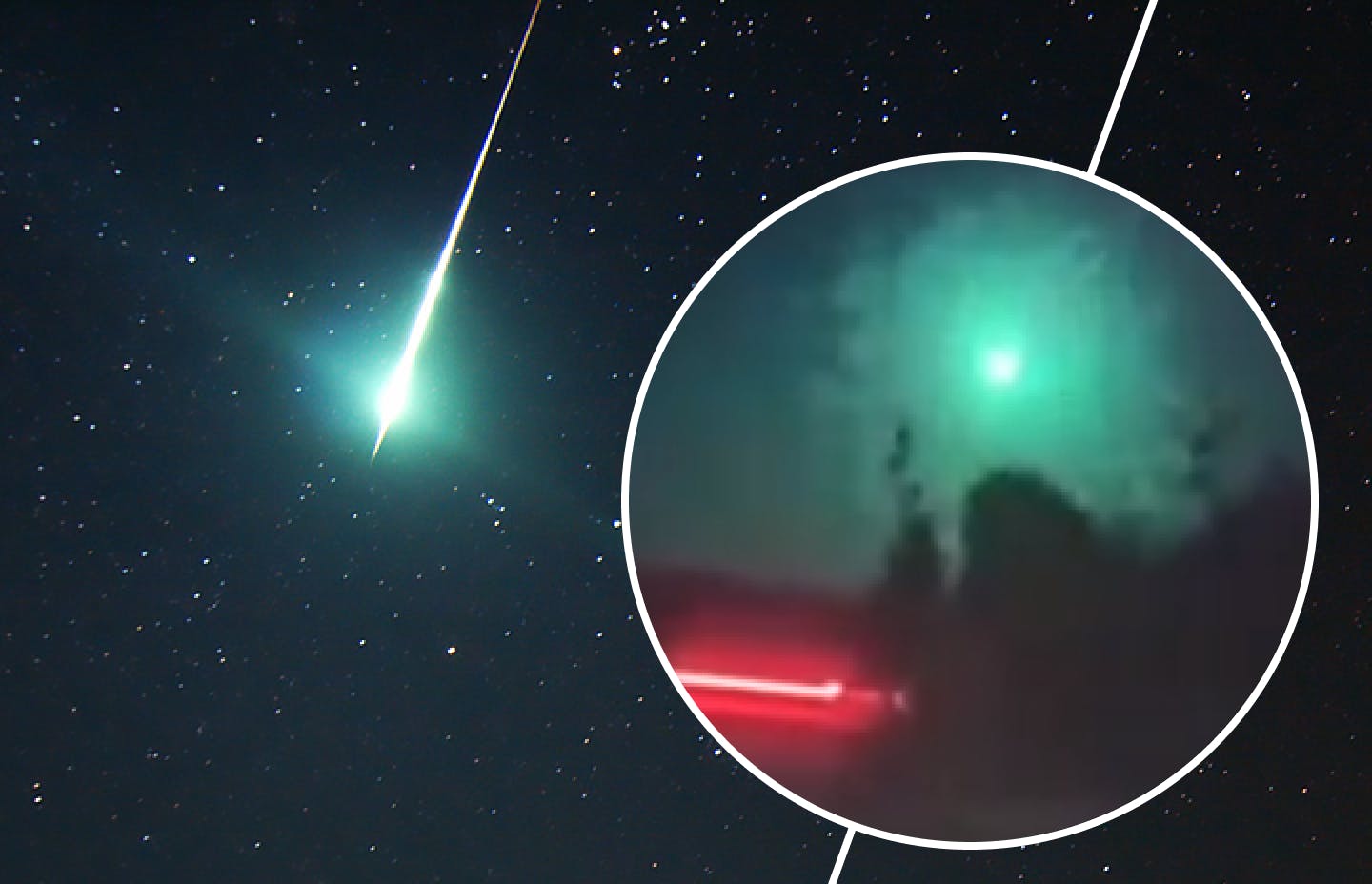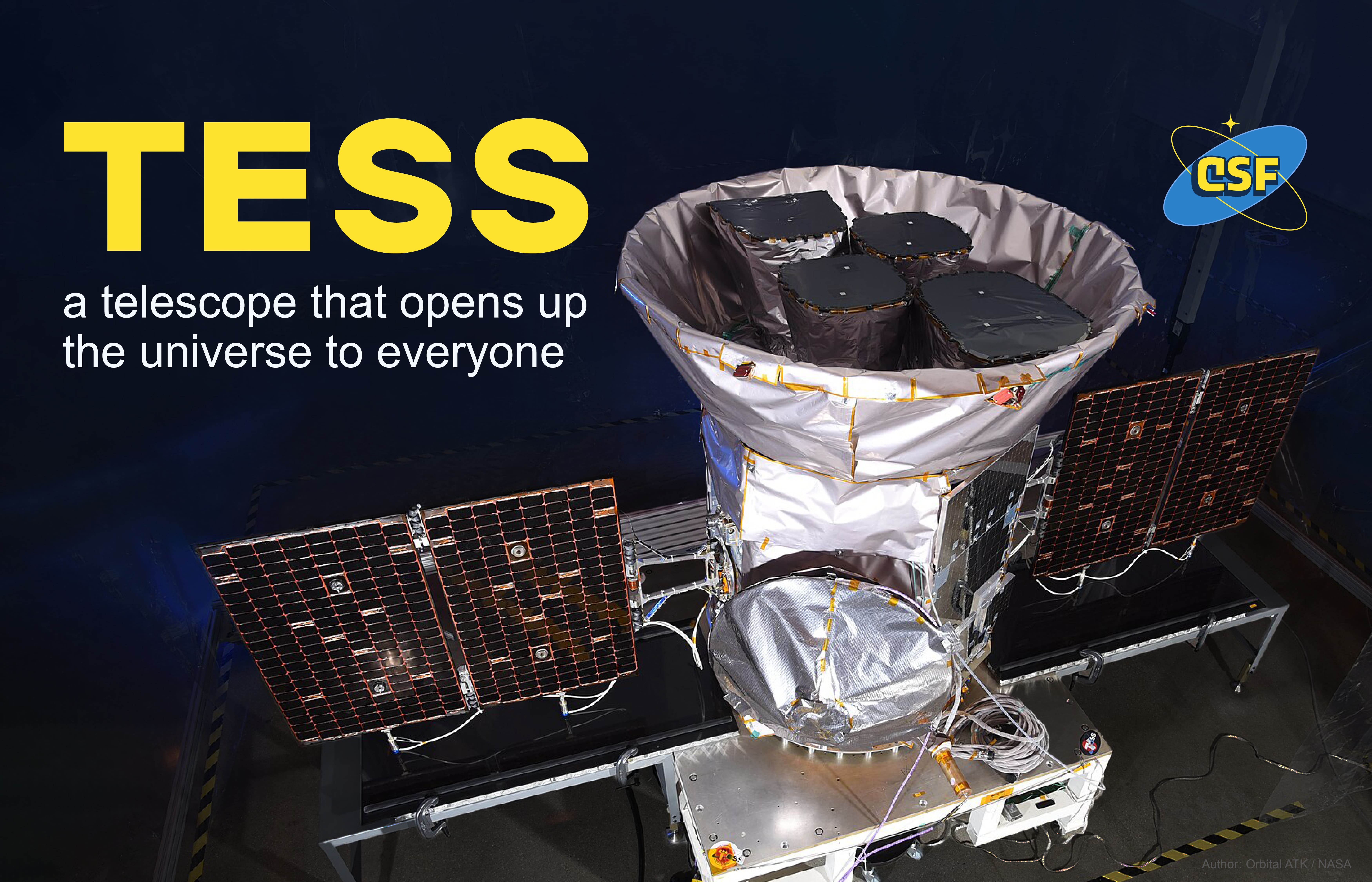 341
341
CSF's quarterly report (July – September 2024)

Team milestones
We continued the reorganisation.
Completed
The Wikipedian Unit added only one Good article during this period. However, this slowdown was caused by the launch of the Moonshot project, with the team simultaneously working on 12 articles that should be nominated for the Good status over the next 8 months.
The Scientific Unit launched TESS-UA-2024 and conducted the first part of it quite successfully. The students managed to discover almost 700 variable stars, with over 200 of them being newly discovered. It was followed by the extremely lengthy verification process, finalisation of the calculations, and presentation of the results in the form of a research paper, which would take almost six months. Meanwhile, the students moved on to the second part of the study, where they faced numerous problems, mostly of a technical and communication nature.
The Communications Unit, in turn, successfully implemented the next partnership project, Zorevyr 2: Through the Universe, bringing together Ukrainian artists to create a charity art book featuring personifications of celestial objects. We contributed to writing short descriptions for each of the more than 120 objects. The art book should be published in mid-2025, with all profits directed towards supporting the Ukrainian Defence Forces.
In fact, this project turned out to be much larger than originally planned, as it was no longer just a small self-published project, but a huge art book (a compilation that includes both the previous Zorevyr and new artworks). The book would be available for pre-order throughout the country through a well-known Ukrainian publishing house, and previous similar projects (including the previous Zorevyr) raised hundreds of thousands of hryvnias of net donations – these are substantial funds and a large scale!
Incomplete
Unfortunately, the operations of the Educational Unit were completely paralysed during this quarter. It took about three months to publish the next video, with two of them spent on glueing the video fragments together. For comparison, it took about the same time to record the entire previous 19-lecture course, even without the pre-prepared texts as in the case with the current version. Participants of our projects who had signed up for the course a long time ago and were now asking, ‘So where are the video lectures?’. Such a pace was perceived as irresponsibility on the part of our team and an inability to change anything.
The activities of the Analytical Unit also gradually slowed down to an almost complete standstill. The results were delivered so slowly that sometimes they became outdated. An attempt to launch a study of the current state of Ukrainian astronomy failed, and the team switched to a simpler study related to social networks. Rather than the planned few weeks, it would take almost 3 months to complete.
Conclusions
While there were some achievements and accomplishments, the team's overall performance this quarter was hardly a success. Time and again, we faced a number of internal challenges that slowed down our progress. And over and over again, we kept looking for ways to overcome them.
Based on our experience gained over the past three months, we identified several important points:
- For a successful project implementation, it is essential to develop several scenarios in advance, taking into account the most important factors that can positively or negatively affect the process, such as the withdrawal of a participant or even a unit manager, technical problems, reserves, etc.
- Setting several milestones is another way to successfully implement a project. This is exactly what we did during the course of our partnership project Zorevyr 2: Through the Universe. Though we did not manage to prepare descriptions of all celestial objects by the first scheduled date, the project was completed on time thanks to several interim deadlines.
- An equally important step towards success is for the project manager to share the importance of the project with the participants to ensure the further development of the entire team. When everyone understands the purpose of their work, motivation and responsibility increase.
- Sometimes, unfortunately, for the project to be successful, it is necessary to replace less motivated participants with more motivated ones. There is no need to exclude someone from the team right away – take time to communicate with them, take an interest in their skills, desires and interests, change the type of activity – perhaps such a participant will bring much more benefit in a different role. Yes, it doesn't always work, and you still have to say goodbye to some people, unfortunately, it's just human nature...



